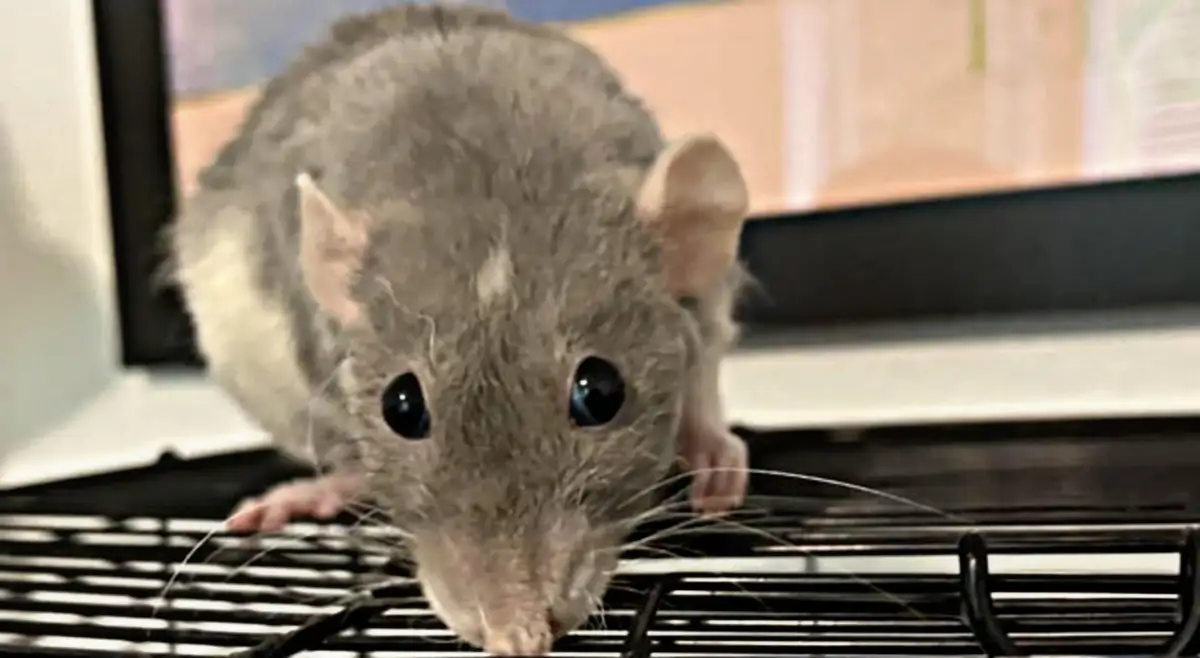Rats are unwanted creatures that often live alongside humans. Despite people not liking rats, they are drawn to where humans live, as such, you want to know how to catch rats in your house. For many years, rat traps have been used in cities, suburbs, and the countryside to control rat populations. So, if you are dealing with rats on your property, you need to get the best traps and bait to catch them.
In this post, you will learn the tips that work when it comes to catching rats, even if you are dealing with a smart one.
How to Catch Rats in Your House

1. Use Gloves When Handling Rat Traps
When you are getting a snap trap ready to catch rats in your house, you have to wear gloves and use kitchen tools to put the bait on. This is because rats are usually scared of human smells and can sense them from fingerprints.
If you do touch a trap with your hands, wash it with hot water before setting it up. While fingerprints won’t make traps useless, you have a better chance of catching a rat if your smell is not on the trap.
2. Position Rat Traps Along Walls
Rats like to follow walls and fences, so they usually stick to the edges of rooms and yards. That is why traps work better when they are put along walls and in darker places. Therefore, to catch even more rats, you need to put traps in places where rats are likely to go.
For better results, you can hide traps in closets or under furniture like sofas, chairs, or cabinets against the walls. An interesting trick is to make a box with holes on each side, put a trap with bait inside, and place it where rats might walk. The box makes rats curious, and once they go in, they can’t get out.
3. Start by Building Trust with Rats and the Traps
Rats might have small heads, but they are smarter than we think, and some studies claim “smarter than people” – HBR.org. When rats see something new around them, they get cautious. This includes rat traps.
If you just put traps out in the open without any introduction, rats might not be interested in them.
If you have a lot of rats around, a good way to get rid of them is to make them used to the traps first. Here’s how: put a trap in an area where rats are active, but don’t set it to catch.
Let the rats eat from this “safe” trap for a day or two. When the rats feel comfortable with the trap, put bait in it again and set it up to catch the next rat that comes by.
4. Use Bait that Matches a Rat’s Food Preferences
The bait that works best for catching rats might vary based on the kind of rat you want to catch. Different rats eat different things. For example, black rats mostly eat plants, while brown rats eat both plants and other animals.
Black rats are good at climbing trees and getting into houses through small holes in attics. They really like peanut butter. On the other hand, brown rats usually go through the trash and get inside homes using small cracks. They can be attracted to stinky cheese.
No matter if you are dealing with a plant eater or a meat eater, foods that have strong smells like nuts, fish, or smelly cheese work really well to catch rats in your house. You can find more information about baiting brown and black rats in our guides.
5. Consider Bait Without Using Poison
If a trap has not snapped, it does not mean no rat came by. It might just mean the rat was sneaky and took the bait without getting caught. If the snap trap does not catch rats in your house the first time, you can try again. There is no need to use poisons for rats since traps are made to work instantly and don’t require that.
When you put poison in tasty bait, it can lead to many issues. For instance, if a rat takes the bait and moves around, the poison can spread on the floor. This can be dangerous, especially for bare feet that touch the area, especially if there are pets or kids in the house.
Moreover, using poisoned bait makes it more likely that a rat might die slowly in a different part of the house. This can make it hard to find its smelly, decaying body.
For the highest chance of catching a rat with the trap, put a small amount of bait in the middle of the trap. If you hang a piece of shrimp as bait, for instance, a rat could just grab the tip, trigger the trap harmlessly, and then enjoy the treat somewhere else.
6. Pick the Right Rat Trap
House mice are about 2.5 to 4 inches long, and their tails are the same length. On the other hand, brown rats, also called Norway Rats, are bigger, usually measuring 7 to 10 inches long, with tails that add 6 to 8 inches.
The size differences mean that rat traps need to be larger than mouse traps. However, many homeowners don’t really know the distinction between rats and mice, and they might not be sure which one is causing the problem.
Before you choose the right trap, know if you have rats or mice. How do you figure this out? you can look at their paw prints. Brown rats have paw prints that are about 20mm wide, while mice have prints under 10mm. Rat droppings are about as big as pumpkin seeds, while mouse droppings are closer to sunflower kernels in size. Also, mice like to make nests inside homes all the time, while rats are active both indoors and outdoors. All in all, rats are much bigger than mice, so rat traps need to be at least two times larger than mouse traps.
7. Use as Many Traps as You Require
If you think you only have one rat causing trouble, placing one or two traps in the right spots should do the trick. But if you’re dealing with many rats, you might need around twelve traps placed throughout your home.
If the issue is also happening in your garage or yard, you can make your place less attractive to rats. Seal up garbage tightly, clear leaves from around buildings, and store firewood at least a foot off the ground.
Now that your place is not so inviting for rats, put multiple traps by your backyard fence, the sides of your house, and the walls of your crawlspace and attic.
Also, place extra traps along any paths where you think rats might be moving around inside your main living area, just to be safe.
8. Consider an Electronic Rat Trap for Indoor Resolutions
If you are dealing with rat problems in your home, garage, or office, get an electronic rat trap. They are usually built simple and effective. Victor electronic rat traps, for example, run on four C-size batteries and operate like a mailbox. How do they work? Rats are attracted inside and get instantly shocked with a powerful 4,000-volt charge.
Setting up and using an electronic rat trap is easy. You do not need to use any food as bait, and it can eliminate up to 50 rats with one set of batteries. Plus, you will not have to handle the dead rats since a blinking light will show when a kill happens.
If you prefer a techy lifestyle, opt for a smart rat trap. Victor Pest offers one. This cool trap connects to the Victor Pest App on your phone or tablet through WiFi and sends you a message when it catches a rat, so you’ll know when to empty it without checking all the time. Just like the other trap, it can take care of up to 50 rats with one set of batteries.
9. Catch Rats Outdoors Before They Enter
When rats come into your house, it is often because there are a lot of rats nearby. If they are in your house but not your neighbor’s, it is because your place is easier for them to get into. Fixing gaps and holes in walls, roofs, windows, and vents is important, but it is only part of the solution. You also need to block their paths around your property.
For example, black rats often get onto roofs by climbing trees and crawling along branches. If this is happening, trim the branches and keep trees and bushes at least 3 feet away from your walls and roof. You can use traps with bait on fences, trellises, and tree branches to catch rats before they enter your home. Also, you can use wire to secure traps to branches, rafters, or roof pipes.
Meanwhile, if your interest is to catch rats and release them, you need a bucket rat trap. You need to return to release the critters at least 2 miles away from your home, and away from neighboring homes.
Contact Your Local Professional Rodent Control
Rats are often found in areas where the weather is nice for them, just like it is for people. For example, people who live in Florida, have to deal with rats sometimes. While using DIY measures to catch rats in your house may be helpful at first, it might not be enough if there are a lot of them. In those cases, it is better to get help from a local pest control company.
Pest experts can help catch rats in your house using humane methods. Also, the methods typically used won’t hurt pets, and work fast to get rid of the critters.
When you contact a local pest control for help with rats, you can expect them to:
- Check your whole home for free to find where pests are and need to be treated.
- Make a special plan just for you after we check things out. This plan will include catching rats, keeping an eye on things, and stopping them from coming back.
Read also: Do Rats Hate the Smell of Vinegar?


